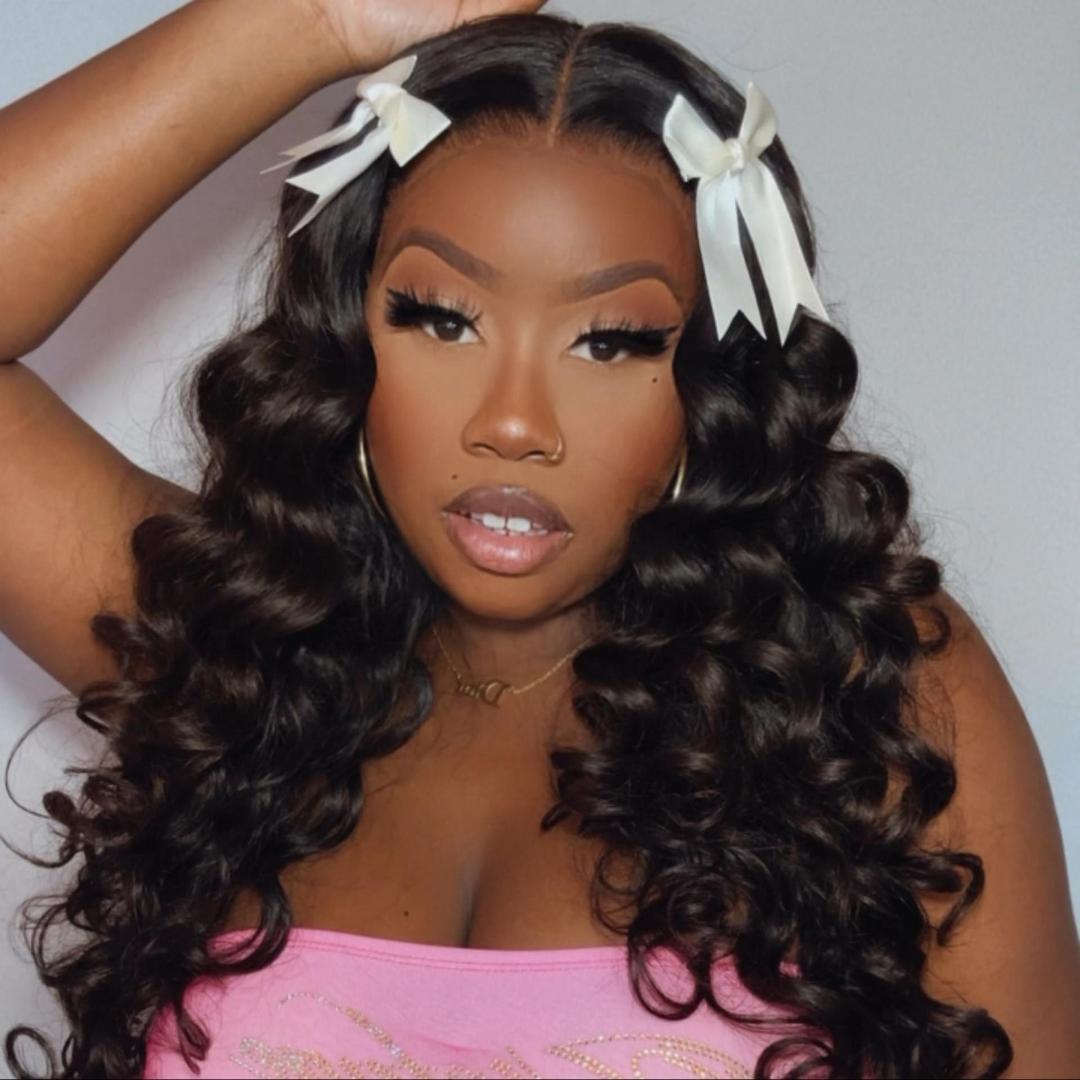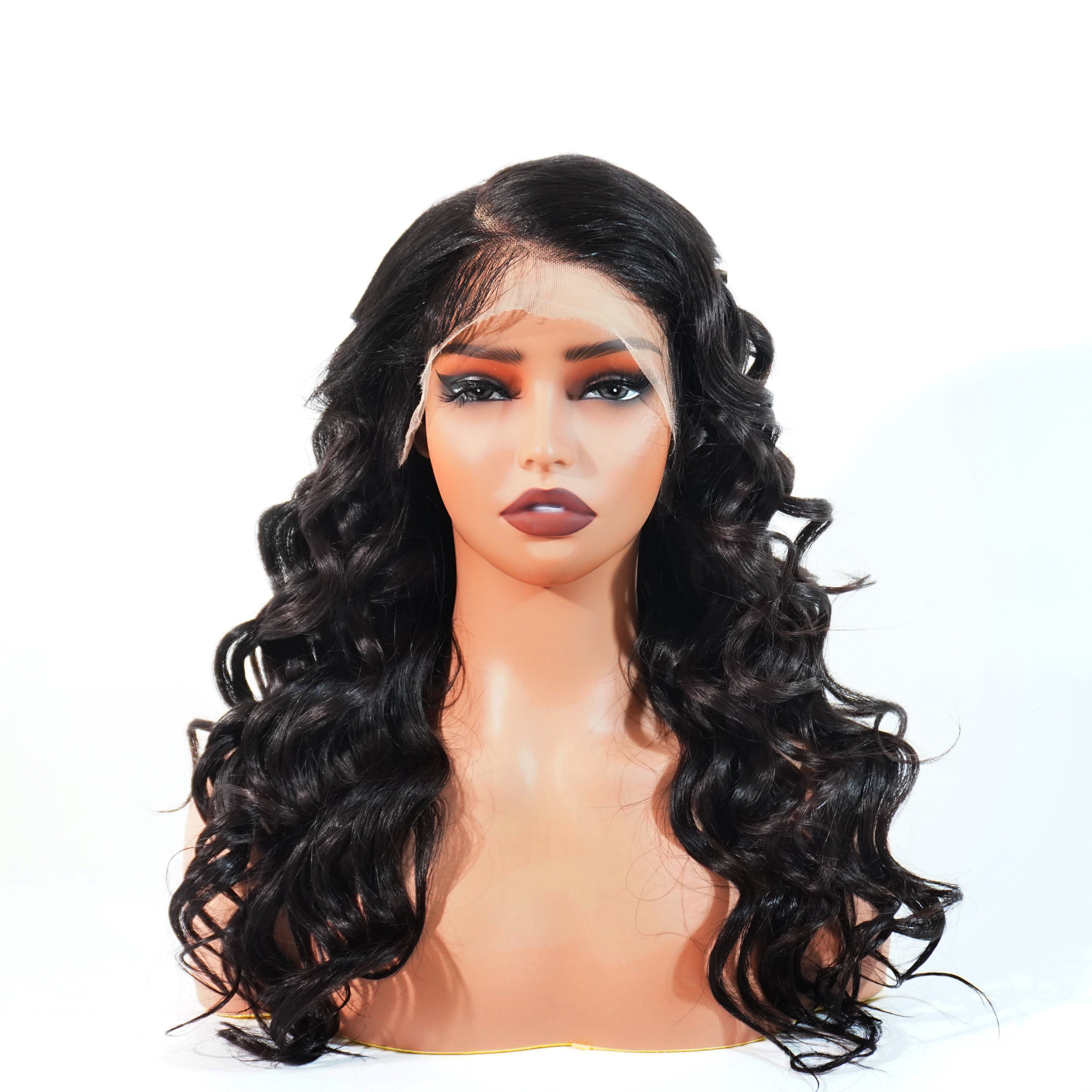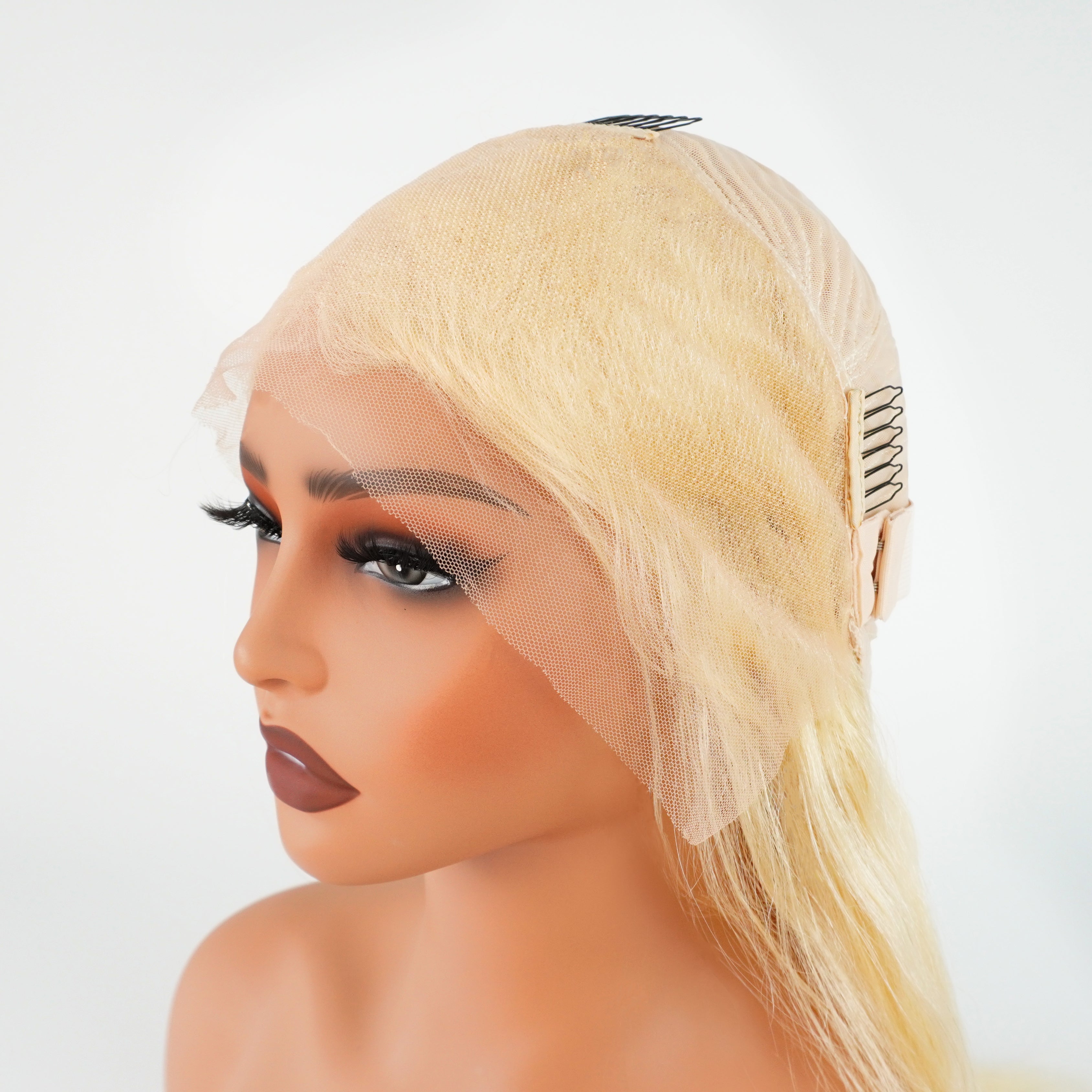How to Wear a Wig During Chemo? (Detailed Guide)
Hey! I Find the Answer!
Chemotherapy is a challenging experience, often leading to hair loss, which many patients find particularly distressing. This guide aims to help individuals undergoing chemotherapy understand how to wear a wig comfortably and confidently. By the end of this post, you will know the benefits and drawbacks of wearing a wig during chemotherapy, how to choose and wear a wig, and the best practices for wig care during and after treatment.

Can I wear a wig during chemo treatment?
Yes, you can wear a wig during chemotherapy treatment. Many patients choose to wear wigs to maintain a sense of normalcy and boost their confidence. It's important to select a wig that is comfortable, breathable, and easy to maintain. Consult with your healthcare provider to ensure that wearing a wig is suitable for your specific condition and treatment plan.
Wearing a wig during chemotherapy is a personal choice, but it can provide significant emotional and psychological benefits. The process of selecting and wearing a wig can be empowering, giving patients control over their appearance at a time when they might feel they have little control over their health.
What are the benefits and drawbacks of wearing a wig during chemotherapy?
Benefits:
- Boosts Confidence: Wearing a wig can help you feel more like yourself, enhancing your self-esteem and confidence during a challenging time. The ability to maintain your usual appearance can significantly improve your emotional well-being.
- Protects Scalp: A wig can provide a protective layer against environmental elements, such as the sun and cold weather. This protection can be especially important if your scalp becomes sensitive or tender due to treatment.
- Convenience: Wigs are easy to style and can save you time on daily hair care routines. This convenience allows you to focus more on your health and less on your appearance.
- Variety: Wigs come in various styles, colors, and lengths, allowing you to experiment with different looks. This variety can be a fun way to explore new styles without committing to a permanent change.

Drawbacks:
- Comfort Issues: Some wigs can be itchy or uncomfortable, especially if they are not the right fit. Finding a well-fitting, comfortable wig is crucial to avoid these issues.
- Maintenance: Wigs require regular cleaning and maintenance to keep them looking their best. This maintenance can be time-consuming and requires specific products and techniques.
- Cost: High-quality wigs can be expensive, and insurance may not cover the cost. It's important to explore your options and find a wig that fits your budget without compromising quality.
- Heat: Wigs can sometimes feel hot, particularly in warmer climates. Breathable wig caps and lightweight materials can help mitigate this issue.
How to put on a wig for chemo patients?
- Prepare Your Scalp: Ensure your scalp is clean and dry. If you have any remaining hair, consider wearing a wig cap to secure it. Keeping your scalp moisturized can also help prevent irritation from the wig.
- Adjust the Wig Cap: If you are using a wig cap, place it on your head and adjust it so it covers your scalp evenly. A wig cap can help keep the wig in place and provide a smooth surface for the wig to rest on.
- Position the Wig: Hold the wig by the nape area and gently place it on your head, starting from the front and moving towards the back. Ensure the wig aligns with your natural hairline. Using a mirror can help you position the wig correctly.
- Secure the Wig: Adjust the straps or hooks inside the wig to ensure a snug fit. Make sure the wig feels secure but not too tight. You can also use wig tape or adhesive for extra security if needed.
- Style the Wig: Use a wide-tooth comb or your fingers to style the wig as desired. Avoid using heat styling tools unless the wig is heat-resistant. If you have a human hair wig, you can style it similarly to natural hair, but synthetic wigs require special care.
How do you wear your hair during chemo?
- Short Haircut: Consider cutting your hair short before starting chemotherapy. This can make the transition to hair loss less dramatic and make it easier to wear a wig. Short hair is also easier to manage and less likely to tangle under a wig.
- Scalp Care: Moisturize your scalp regularly to prevent dryness and irritation. Use gentle, fragrance-free products. Scalp care is essential to keep your skin healthy and comfortable, especially when wearing a wig for extended periods.
- Head Coverings: On days when you don't want to wear a wig, consider using scarves, hats, or turbans to cover your head. These alternatives can provide comfort and variety, giving your scalp a break from the wig.
How long do you wear a wig after chemo?
The duration of wig use varies from person to person. Some individuals wear wigs until their natural hair grows back to a comfortable length, which can take several months to a year. The decision to stop wearing a wig depends on personal preference and the rate of hair regrowth.
Many patients find that their hair starts to grow back within a few weeks to months after completing chemotherapy. During this period, wigs can provide a temporary solution until their natural hair reaches a length they are comfortable with. Some patients may choose to continue wearing wigs for fashion or convenience even after their hair has regrown.
Does wearing wigs prevent hair loss after chemotherapy?
No, wearing wigs does not prevent hair loss caused by chemotherapy. Hair loss is a side effect of the chemotherapy drugs targeting rapidly dividing cells, including hair follicles. Wigs only serve as a cosmetic solution to manage the appearance of hair loss.
It's important to understand that hair loss is a natural and expected part of chemotherapy treatment for many patients. While wigs cannot prevent hair loss, they can help individuals cope with the emotional and psychological impact of losing their hair.

What are the risks of wearing a wig after having chemotherapy for cancer patients?
- Skin Irritation: Wigs can sometimes cause skin irritation or allergic reactions, especially if made from synthetic materials. Choosing a wig made from hypoallergenic materials can help reduce the risk of irritation.
- Infection Risk: Poorly maintained wigs can harbor bacteria or fungi, leading to scalp infections. Regular cleaning and proper storage of your wig are essential to prevent infections.
- Overheating: Wigs can cause overheating, particularly in hot weather, leading to discomfort or heat rash. Selecting a wig with good ventilation and wearing a breathable wig cap can help mitigate this issue.
- Pressure Points: Tight wigs or those with ill-fitting caps can create pressure points, causing headaches or discomfort. Ensuring a proper fit and adjusting the wig as needed can help prevent these problems.
What is the best wig for a female cancer patient?
- Material: Opt for wigs made from natural human hair or high-quality synthetic fibers designed for sensitive scalps. Human hair wigs offer a more natural look and feel but are typically more expensive and require more maintenance. High-quality synthetic wigs are more affordable, require less upkeep, and can still provide a realistic appearance.
- Cap Construction: Look for wigs with a monofilament top or lace front for a more natural appearance and better comfort. Monofilament tops mimic the natural scalp, making the wig look more realistic. Lace front wigs offer a natural hairline, allowing for styling away from the face.
- Breathability: Choose wigs with lightweight, breathable caps to reduce heat and moisture buildup. Caps with good ventilation help keep the scalp cool and comfortable.
- Adjustability: Ensure the wig has adjustable straps or hooks to achieve a secure and comfortable fit. Adjustable wigs can accommodate changes in head size and provide a customizable fit.
Conclusion
Wearing a wig during chemotherapy can provide a sense of normalcy and boost confidence for many patients. By understanding the benefits and drawbacks, choosing the right wig, and following proper care and styling techniques, you can navigate this challenging period with greater ease and comfort. Remember to consult with your healthcare provider and explore different options to find the best solution for your needs.
Wigs can be a valuable tool for managing the emotional and physical effects of chemotherapy-induced hair loss. With the right wig and proper care, you can maintain your appearance and focus on your recovery. Stay informed, stay confident, and take care of yourself during this journey.



































Leave a comment
This site is protected by hCaptcha and the hCaptcha Privacy Policy and Terms of Service apply.